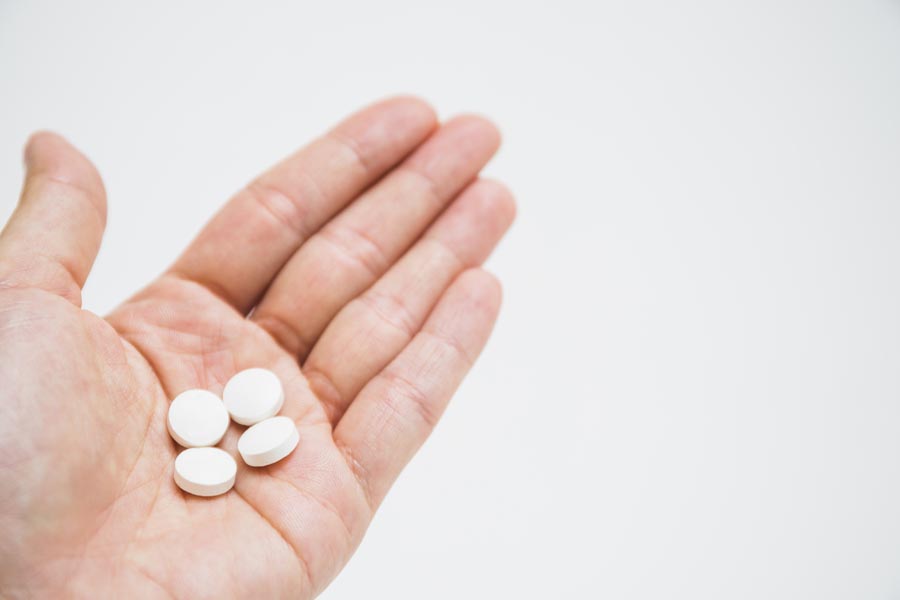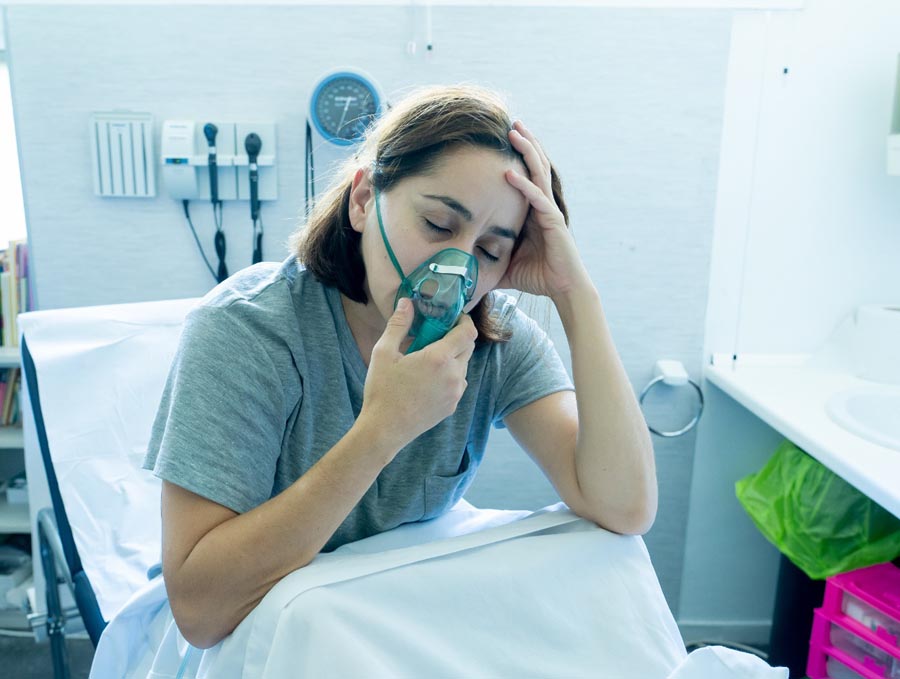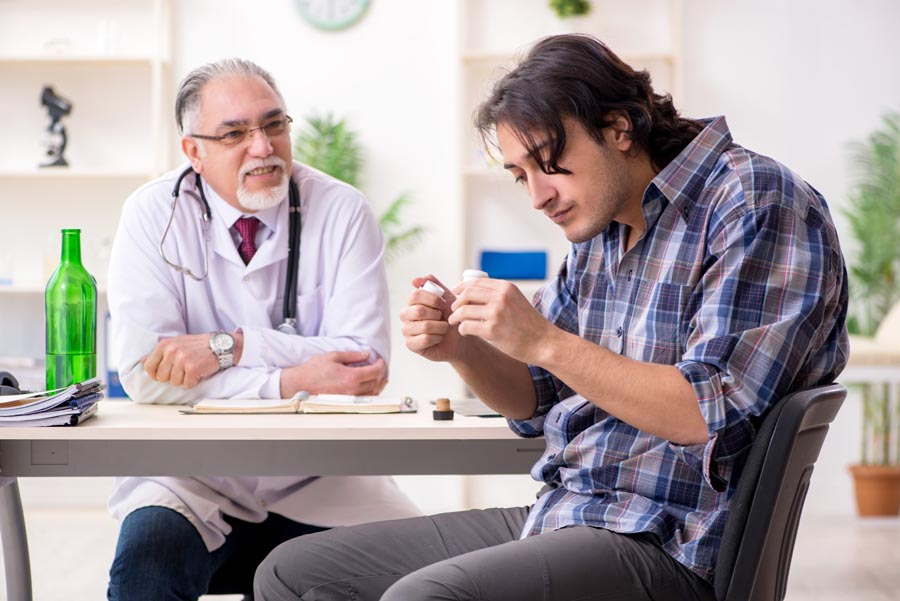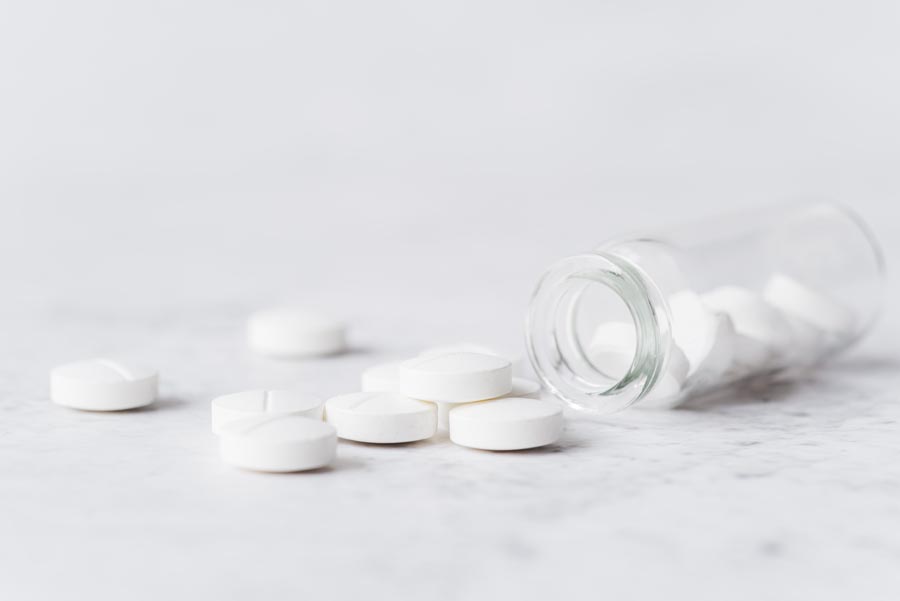In today’s world, health issues and drug dependence are becoming increasingly important. One of the drugs attracting attention from the medical community and the public is Oxaydo, an opioid analgesic widely used for the relief of moderate to severe pain. Despite its efficacy, Oxaydo is not free from the risks associated with dependence and abuse. It is crucial to be aware of the risk of opioid overdose and the importance of vigilance regarding this serious side effect. This article will discuss the mechanisms of action of this drug, its place in medical practice, and the possible consequences of its use, including addiction and potential problems that may arise in patients. Covering all sides of this issue is essential to raise awareness of the risks and how to use such medicines safely.
Side Effects of Oxaydo: What to Expect
Oxaydo is a powerful opioid analgesic used to control pain. However, like any other drug, it can cause several side effects that are important to be aware of before starting treatment. Let’s take a look at the most common ones:
- Constipation: This is one of the most common side effects, caused by inhibition of intestinal peristalsis. To reduce constipation, it’s recommended to eat high-fiber foods.
- Nausea and vomiting: These can occur in the first few days of taking the drug, especially when the dose is increased. Patients should avoid grapefruit juice, which can exacerbate nausea.
- Drowsiness and dizziness: Oxaydo may cause dullness of consciousness and decreased concentration, which requires caution when driving and performing complex tasks. Severe dizziness can also occur, particularly when standing up from a sitting or lying position.
- Dry mouth: Patients often report decreased salivation, which may cause discomfort.
- Itching and skin rashes: Allergic reactions can manifest as itching or rashes on the skin.
- Mood changes: Some patients report feelings of anxiety, depression, or euphoria.
- Dependence: Long-term use can lead to physical and psychological dependence, significantly increasing the addiction risk.
It is also important to note that Oxaydo can cause irregular breathing and shallow breathing, which are serious adverse effects. If such symptoms occur, seek emergency medical help immediately. Additionally, taking too much medicine can lead to overdose, so it is essential to adhere strictly to the prescribed dosage and consult a doctor immediately if an overdose is suspected.
Other side effects include decreased appetite, trouble sleeping, lightheadedness, unusual or unexplained tiredness, and muscle aches. Users may also experience chest pain, bowel pain, weight loss, confusion, fainting, unusual sweating, and weakness.
It is crucial to understand drug interactions and inform healthcare professionals about all medications being taken, including over-the-counter medicines, to avoid serious side effects. Proper use of Oxaydo under the supervision of a healthcare professional will help to minimize the risk and ensure that the treatment is effective.
Understanding Oxaydo Addiction and Substance Use Disorder
Dependence on Oxaydo, like other opioid analgesics, is a serious medical problem that requires careful attention and understanding from both patients and physicians. Oxaydo effectively alleviates pain by blocking the transmission of pain signals in the body, but its use can lead to physical and psychological dependence due to its ability to induce euphoria and relaxation. Individuals with a personal or family history of substance use disorder may be at a higher risk of addiction when using Oxaydo. Under the influence of Oxaydo, especially with prolonged use or exceeding the recommended dose, the body can adapt to the drug, requiring an increased dose to achieve the same effect. Awareness of the risks associated with addiction is important for users to be more informed about pain management and discuss possible alternatives with their doctor.
Navigating Oxaydo Withdrawal Symptoms: Tips and Advice

Transitioning to withdrawal from Oxaydo is a serious step that requires awareness of one’s addiction and active participation in the recovery process. Abruptly stopping the use of this drug can cause serious withdrawal symptoms and worsen the user’s condition, so a thoughtful approach is required for successful withdrawal. Acute opioid withdrawal can last from 4 to 10 days for short-acting opioids and 10 to 20 days for long-acting opioids, with symptoms typically beginning soon after the last dose:
- Consultation with a doctor: Before you begin the withdrawal process, be sure to consult with a doctor. A professional can help you develop a safe dose-reduction plan that will reduce the risk of withdrawal.
- Gradual dose reduction: Stopping abruptly may not be safe. Follow your doctor’s recommendations on how to gradually reduce your dose. This will allow the body to adapt to the change and minimize unpleasant symptoms such as seizures, severe stomach pain, and muscle aches.
- Specialist support: Consider participating in support groups or individual therapy. Psychological support can help you cope with the emotional difficulties associated with quitting the drug.
- Healthy lifestyle: Pay attention to your diet, physical activity, and sleep patterns. A healthy lifestyle promotes recovery both physically and psychologically and helps to better manage withdrawal symptoms. Eating high-fiber foods can also help reduce constipation.
- Relaxation exercises: Relaxation techniques such as meditation, yoga, or deep breathing practices can help reduce stress and anxiety levels that may occur during Oxaydo withdrawal.
- Awareness of withdrawal symptoms: Familiarize yourself with possible symptoms such as anxiety, irritability, insomnia, muscle aches, or physical discomfort. Knowing in advance what to expect will help you better prepare for the process.
- Long-term changes: After quitting, it’s important to continue monitoring your condition and avoid possible triggers that could lead to relapse. Introducing new hobbies and activities can help shift your focus and keep you motivated.
Oxaydo withdrawal is a journey that requires patience and dedication, but with the right approach and support, you can succeed and regain control of your life.
Combining Oxaydo with Alcohol and Drugs: Dangers and Warnings of Opioid Overdose

Combining Oxaydo with alcohol and drugs is a serious health risk, as it can cause unpredictable and often dangerous reactions in the body. It is crucial to understand the interactions between opioid pain relievers like Oxaydo and other medications, and the potential risks and side effects associated with their use. Oxaydo depresses the central nervous system, and when combined with alcohol or other drugs, this effect is enhanced, leading to an increased risk of overdose, breathing difficulties, and cardiac depression. Additionally, such a combination may cause pronounced psychomotor disturbances, impairing coordination and decision-making ability, which significantly increases the likelihood of accidents and injuries. Therefore, it is extremely important to exercise caution and avoid co-administration of Oxaydo with alcohol and drugs, seeking professional help in case of existing addiction. It is also vital to note that mixing Oxaydo with other opioid medicines or sleep aids can further enhance these risks.
Detoxing from Oxaydo: A Step-by-Step Guide
Detoxing from Oxaydo is an important process that requires attention and serious consideration. If you or someone you love has made the decision to stop using this opioid analgesic, follow this step-by-step guide to make the process safer and more effective:
- Consult a specialist: The first step is to see a doctor or addiction therapist who will assess your condition and develop a personalized detox plan. This will help you avoid serious consequences and potential complications. It is also important to consult a doctor or pharmacist regarding dosage and potential side effects and to have naloxone available to treat opioid overdose.
- Gradual dose reduction: Instead of stopping abruptly, follow a dose reduction plan suggested by your doctor. This will help your body adapt to the changes and minimize withdrawal symptoms such as abdominal pain, unexplained tiredness, and severe dizziness.
- Support: Enlist the support of friends, family, or join a rehab group. Emotional support plays a key role in the recovery process. Educate your family members about recognizing the signs of an opioid overdose and the appropriate treatment measures.
- Healthy lifestyle: Start exercising, stick to a balanced diet, and maintain a sleep schedule. These factors help to speed up the recovery process and improve your overall health.
- Psychotherapy: Consider individual or group therapy to help you cope with the psychological aspects of addiction and develop strategies to prevent relapse.
By following this guide and getting the help you need, you will be able to go through the Oxaydo detox process as safely and effectively as possible. Remember, the road to recovery takes time and effort, but the results are sure to justify your efforts.
Treatment Plans for Oxaydo Dependence

At United Recovery Project, we offer comprehensive programs for patients suffering from Oxaydo addiction. Our clinic has a wide range of high-quality services including detoxification, partial hospitalization programs, intensive outpatient programs, sober living assistance, and a special alumni program for Oxaydo. Your stay at our treatment center will be closely supervised by an experienced team of professionals, ensuring your comfort and safety during the recovery process. If you or a loved one is struggling with an addiction to Oxaydo, please call us at 855-580-4810 to begin treatment.



